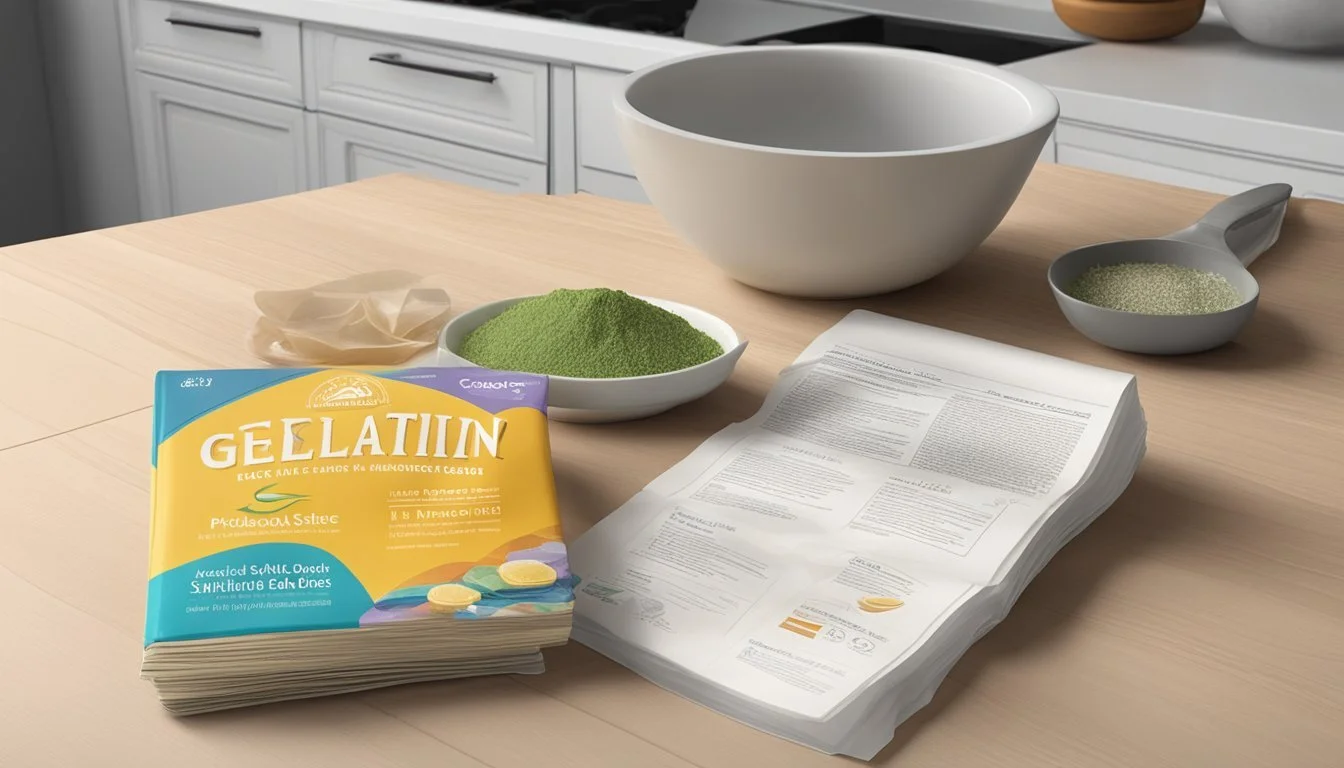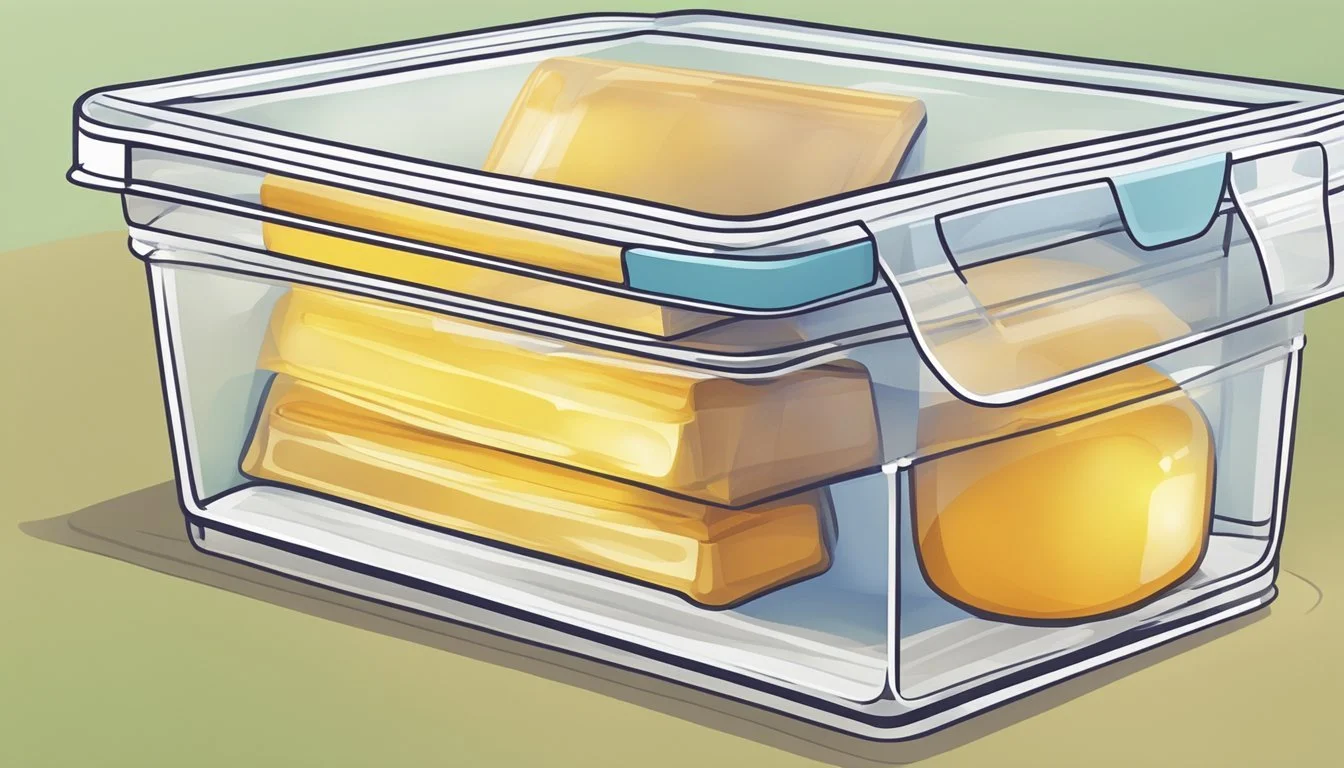How Long Do Gelatin Sheets Last?
Understanding Shelf Life and Storage Conditions
Gelatin sheets are a preferred alternative to powdered gelatin by many chefs and home bakers for their ease of use and consistent results. These thin leaves of gelatin are odorless and tasteless, dissolving in warm liquids to provide a smooth gel for dishes ranging from jellies to mousses. Their popularity stems from the simplicity of portioning and the elimination of the need to bloom or pre-soften the gelatin, as is necessary with powdered versions.
When it comes to storage and shelf life, gelatin sheets are impressively durable. Under optimal conditions—kept dry and sealed away from direct sources of heat and light—gelatin sheets can remain usable for years. The recommended shelf life is typically 2 to 3 years from the date of manufacture, ensuring they maintain their gelling properties effectively. However, many culinary professionals find that gelatin sheets can even exceed this timeframe if stored properly, without significant loss of quality.
While prepared dishes using gelatin generally have shorter shelf lives and must be consumed within a given time frame, unopened packages of gelatin sheets themselves have been known to last much longer. The key factor is proper storage, where they should be protected from moisture and other contaminants that could compromise their integrity. As such, gelatin sheets offer a long-lasting ingredient option for culinary preparations requiring a firming agent.
Understanding Gelatin
Gelatin is a versatile ingredient crucial in various culinary applications, valued for its gelling properties derived from collagen found in connective tissue. This section provides a comprehensive look into the different forms of gelatin, its composition and characteristics, and dietary considerations.
Types of Gelatin
Gelatin Powder: A granulated form that needs to be dissolved in warm water and then cooled to set. It comes in unflavored and flavored varieties.
Gelatin Sheets: Also known as leaf gelatin, are thin, almost transparent sheets providing a consistent texture without altering the flavor.
Strength varies between powdered gelatin and sheets, but they can generally be interchanged in recipes by weight.
Composition and Properties
Collagen Source: Gelatin is derived from collagen, a protein found in the connective tissue of animals.
Gelling Agent: Acts as a gelling agent to provide a firm texture and consistency to dishes such as jellies and mousses.
Hydration Requirements: Both forms require hydration, either by soaking (sheets) or blooming in liquid (powdered gelatin), to activate their gelling properties.
Health and Dietary Considerations
Healthy Skin: Gelatin is believed to support healthy skin as it is a source of dietary collagen.
Vegetarian/Vegan Alternatives: Gelatin is not suitable for vegetarians or vegans, but alternatives like agar-agar and pectin (how long does pectin last?) are available. These are derived from plant sources and can mimic gelatin's gelling effects without using animal products.
Sugar Content: Some flavored gelatin options add sugar and other flavors, affecting dietary considerations.
This information serves to enhance the reader’s knowledge on what gelatin is, how it can be used in cooking, and its implications for those with specific dietary preferences or requirements.
Shelf Life Fundamentals
When it comes to the longevity of gelatin sheets, understanding their shelf life is crucial. The shelf life represents the amount of time gelatin sheets remain at optimal quality under proper storage conditions before they start to degrade.
Factors Affecting Shelf Life
Several factors influence the shelf life of gelatin sheets:
Storage Conditions: Gelatin sheets should be kept in a cool and dry place, shielded from sunlight to preserve their quality. Factors such as moisture or heat can significantly reduce their shelf life.
Packaging: Keeping gelatin sheets in an airtight container or their original sealed packaging prevents exposure to air, which can lead to a loss of elasticity and flavor.
Type of Gelatin: Different types of gelatin may have variable shelf lives; for instance, unflavored gelatin sheets typically last longer than flavored or specialty varieties.
Identifying Expiration
Identifying if gelatin sheets are past their prime involves looking for a few key signs:
Best-By Date: Though gelatin sheets often do not have a specific expiration date, the best-by date can be a useful indicator of the expected usable period.
Changes in Quality: Deterioration in quality such as a loss of elasticity, a faded color, or an off odor may indicate spoilage or that the sheets are no longer effective at gelling.
Expired Gelatin: Using expired gelatin can result in subpar culinary outcomes. While not necessarily harmful, outdated gelatin may not possess the same gelling properties as fresh gelatin sheets.
Proper Storage Techniques
Ensuring gelatin sheets retain their quality over time hinges on proper storage methods. The longevity of gelatin sheets is significantly influenced by the conditions they are stored in.
Short-Term Storage
For short-term storage, gelatin sheets should be kept in a cool and dry place free from direct sunlight, such as a pantry or cupboard. They are best stored away from strong odors to prevent them from absorbing any undesirable scents.
Long-Term Preservation
To preserve gelatin sheets for a more extended period, freezing is an option. Placing the gelatin sheets in air-tight containers or ziplock bags with excess air pressed out will help maintain their quality. Using labels and markers to date the packages allows for efficient tracking and usage within an appropriate time frame.
Packaging for Preservation
Original packaging typically affords a sufficient protection barrier. However, if the packaging has been compromised, transferring the gelatin sheets to dark, air-tight containers can protect them from moisture, air, and light exposure. When stored correctly, gelatin sheets have a shelf life that can extend significantly beyond their best-before date, remaining shelf-stable for future use.
Using Expired Gelatin
When using expired gelatin sheets, one needs to consider the culinary outcomes, safety, potential for revival, and alternative uses. Expired gelatin may have less potency in setting dishes and carry risks if spoilage is evident, though sometimes it can still contribute to recipes or non-food uses.
Culinary Implications
Expired gelatin sheets often result in a decrease in thickening power, meaning that they may not fully set your recipe. Texture and flavor can also be affected, with some foods potentially showing a deviation from the desired outcomes. If a recipe requires the gelatin to act as a primary thickening agent, its failure to set properly can alter the entire dish.
Safety Considerations
Before using expired gelatin sheets, inspect them for signs of mold or an off odor, which indicate spoilage. Consumption of spoiled gelatin can pose health risks. It's also critical to check whether the gelatin has been stored in a dry, cool place to avoid contaminants, as ready-to-eat gelatin products can potentially harbor bacteria over time.
Reviving Gelatin
In some instances, gelatin sheets past their expiration date may regain partial functionality. By hydrating the gelatin in water and then dissolving it, one can sometimes ‘revive’ its binding properties. This does not restore full potency but can be sufficient for certain recipes where gelatin's role is not pivotal.
Alternative Uses
If expired gelatin sheets are deemed unsuitable for culinary purposes, they can serve in non-edible capacities. For instance, gelatin can be used as a binding agent in photography or as an environmentally-friendly option for crafting. It's important to remember that in these cases, the exact expiration date holds less significance.
Maximizing Gelatin Longevity
To ensure gelatin sheets retain their quality over time, a comprehensive understanding of storage and usage is crucial. These approaches guarantee peak performance in culinary applications.
Best Practices for Extended Use
Storing gelatin sheets in an airtight container is the foundation for extended shelf life. They should be kept in a cool, dry place, away from moisture and heat, which can degrade gelatin's quality. This method can effectively extend gelatin's utility well beyond the standard 2-3 years from the manufacturing date, with reports of successful use of gelatin that is decades old.
Airtight Container: Always use to prevent humidity and contaminants.
Cool, Dry Place: Essential to avoid degradation of the gelatin sheets.
Gelatin in Recipes
When gelatin sheets are used in a recipe, they often need to be 'bloomed' or soaked in water beforehand. This step is critical for achieving the right jelly consistency. After blooming, the gelatin should be gently warmed to dissolve completely before being added to a recipe. It is important to ensure that the gelatin blends seamlessly without altering the intended flavor or texture of the dish.
Bloom in Water: Necessary for correct gel consistency.
Warm to Dissolve: Ensures smooth integration into recipes.
Alternative Ingredients
For those who seek vegetarian or vegan options or have specific dietary restrictions, alternatives to gelatin sheets include agar-agar, pectin, arrowroot, guar gum, (how long does guar gum last?) and xanthan gum (how long does xanthan gum last?). Each of these alternatives has unique properties that affect the consistency and texture of the final product.
Agar-Agar: Plant-based gelatin substitute good for a firmer set.
Pectin: Common in fruit-based jellies and jams.
Arrowroot: Used as a thickener without changing flavor.
Guar Gum and Xanthan Gum: Effective alternatives for thickening and stabilizing.
FAQs on Gelatin Shelf Life
How long do gelatin sheets last? Gelatin sheets typically have a shelf life of approximately one year when kept in an unopened package and stored in a cool, dry place. Once opened, their freshness may not last as long, and they should be used more promptly.
Does gelatin expire? Yes, gelatin does have an expiration date. While dry gelatin can last well beyond this date when stored properly, it's important to check the package for specific expiration information and signs of spoilage.
What affects the longevity of gelatin? Factors impacting gelatin's longevity include temperature, moisture, and exposure to air. Gelatin should be stored in airtight containers and kept away from heat and humidity to maintain its freshness.
Can you use gelatin past its expiration date? While some may use gelatin past the recommended date, its quality may be compromised. For best results and to ensure food safety, it is advised to adhere to the expiration or best-by dates provided on the packaging.
Signs of Spoilage in Gelatin Sheets:
Visible mold growth
Unusual odor
Discoloration
Damp or clumpy texture
To ensure maximum freshness and quality, one should be vigilant in observing these signs and practice proper storage techniques for gelatin sheets.






